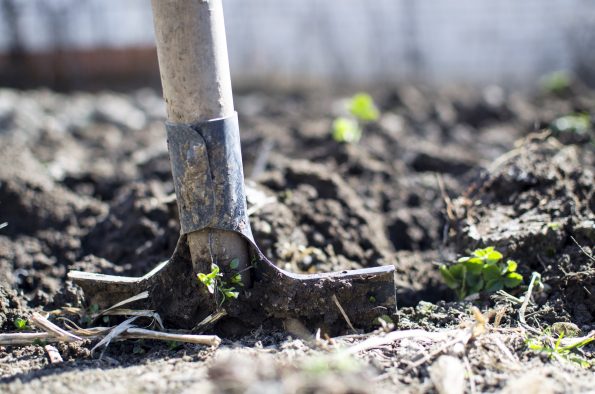
Testing soil is a great way to begin your garden, especially if you’re just beginning a soil building campaign. Without testing, you don’t really know what to expect when planting. The main concern when testing soil is to determine the pH level. This will help you to know how to amend the soil for an ideal pH. Or you could simply plan your plant choices around what the current level is.
Testing Soil: Two Easy DIY Home Methods
Method 1:
When testing soil, an easy way to determine the basic pH of your soil is to do a simple science experiment at home. All you need is some vinegar and baking soda. If you remember this from science class, baking soda has an alkaline pH and vinegar has an acidic pH. That’s why if you mix them together you get a very bubbly reaction.
That same type of reaction is what you will look for when testing soil. All you have to do is collect about a half cup of soil for each test, alkaline and acidic. Then add 1/2 cup vinegar straight into one of the containers. Dilute the soil in the other container with about 1/2 cup water and stir until slightly soupy. Finally, add 1/2 cup baking soda and stir.
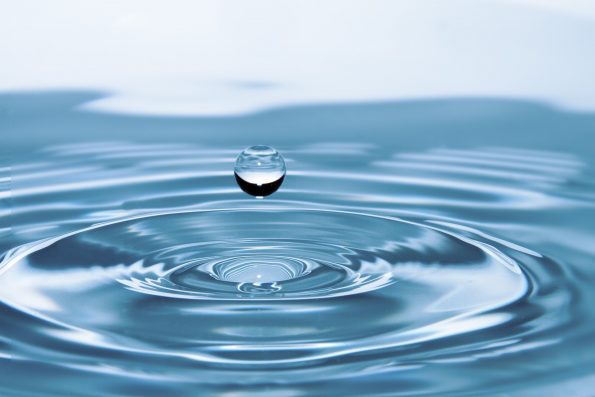
There’s a chance that using distilled water can give skewed results because it may have a slightly acidic pH. So tap water should work fine and won’t require you to go out of your way to get distilled.
If your soil is alkaline, then the container you poured vinegar in will fizz. The same is true for acidic soil if the baking soda container has a fizzy reaction. If nothing happens to either, then you are fortunate enough to have neutral soil!
Watch this video to see it done:
Method 2:
This method of testing soil involves boiling down purple cabbage to get the right water color. All you do is chop up the cabbage and boil it for a few minutes until the water color is purple. Once done, remove from heat, let cool and remove the cabbage. This test water should have a neutral pH and the color is for determining soil pH levels.
Next is to test your soil sample. Unlike above, you don’t need to split the soil sample into separate containers. However, it would be a good idea to not use all of the purple cabbage water to test. This way you can compare colors. Now pour some of the purple cabbage water over the sample and mix. If the water turns blueish, you have alkaline soil. Turning pinkish means your soil is acidic. If it does nothing, then you have neutral soil.
Watch to see it done:
My Results:
I tried the baking soda and vinegar test on my own raised bed. The results are as follows:
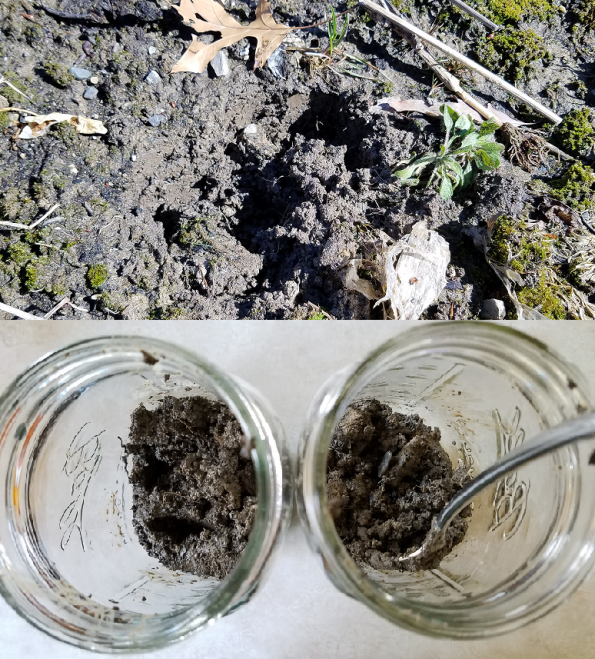
I grabbed two quart-sized mason jars and a spoon, then dipped some soil out of the middle of my raised bed. Then I went inside and mixed 1/2 cup water and 1/2 cup baking soda in the left jar, and poured apple cider vinegar directly into the right jar.

The pics above were taken right after mixing each one. Clearly the vinegar is bubbling quite a bit, meaning I have alkaline soil. That probably explains why the peppers grown in this bed last year didn’t do so well. Peppers like slighly acidic soil, not alkaline.
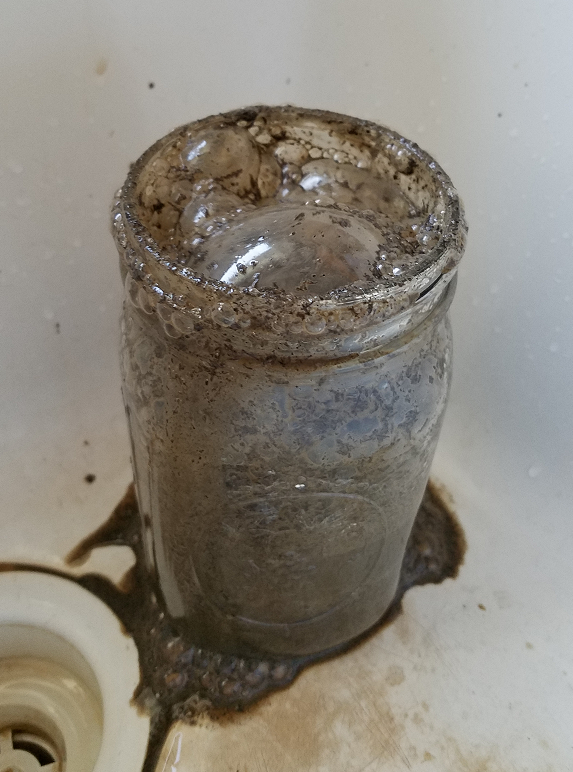
When finished I poured most of the baking soda soil mix into the vinegar mix. Obviously I set it down in the sink first to avoid a big mess. The reaction was fun to watch and it bubbled up pretty well. Then I dumped everything in a different area of the yard along the fence.
It’s a little disappointing to learn I have alkaline soil. However it’s not all bad news. Seeing as how there’s about a month to go before transplanting the seedling trays I just started, any soil amendments may have enough time to bring the pH down a little. Plus some of what I plan to grow this year should do well in alkaline soil.
Testing Soil: A More Precise Method
An at home test is a great, inexpensive (and fun) way to test your soil. However it will only give you a rough idea with what you are working with. Kits are available to more precisely measure your soil pH. Most are inexpensive and can be ordered on Amazon or purchased from box stores like Home Depot. They are a little better, but still not supremely accurate.
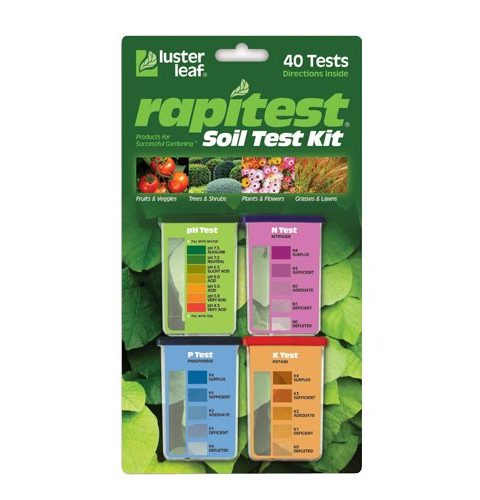
The most precise way to measure would be to reach out to your local cooperative extension office. Many local universities also do soil testing. It will likely be slightly more expensive, and take longer. But the results will be much more specific and will often come with recommendations on what to do to reach your desired results. You will also be told what minerals the soil may be lacking.
Whichever method you choose to go with, bear in mind that pH will probably not be the same across your entire garden. Therefore it is wise to test from many different areas where you plan to grow. Just do your best to keep track of where everything came from.
Making Necessary Amendments
Once you are finished testing soil and you know whether or not it is acidic or alkaline, then you can take the necessary steps to neutralize the pH. Organic soil amendments such as compost, worm castings, manure, etc. can help bring your soil to a neutral range. The organic matter helps defend against high and low pH ranges as it is typically close to neutral itself.
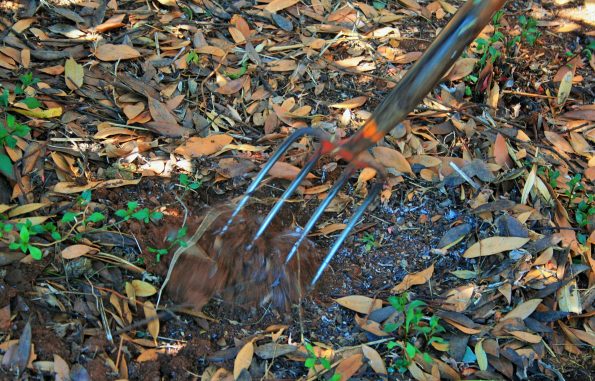
Alternatively, for acidic soil you can amend with agricultural lime, wood ashes and even oyster shells to bring the soil closer to neutral. Alkaline soil can be amended with sulfur products such as ferrous or aluminum sulfate. Using either of these in conjunction with organic matter can be a great long term strategy for keeping soil neutral.
Amending soil doesn’t happen overnight, however. It can take a while before the overall pH changes. Not to mention maintaining the desired pH can be an ongoing process. That’s why it can be a good idea to make these amendments in the offseason (winter) or well before putting plants in the ground.
Growing With What You Have
There is another option if amending your soil sounds like too much work. Or maybe you have run out of time before planting for amendments to do any real good. Instead of changing your soil’s pH, simply plant whatever is more naturally suited to the soil.
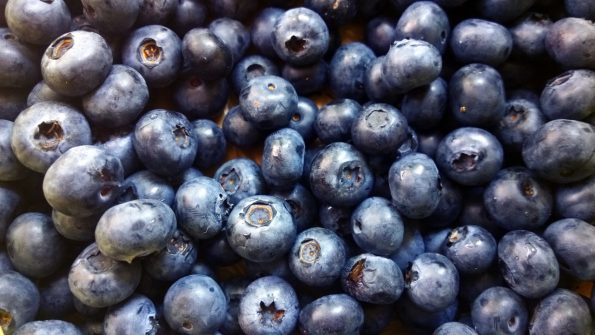
For instance, plants that like acidic soil include: blueberries, radishes, sweet potatoes, peppers, rhubarb, beans, broccoli, cabbage, squash, onions, and the list goes on. If these are plants you already wanted to use, then all the better!
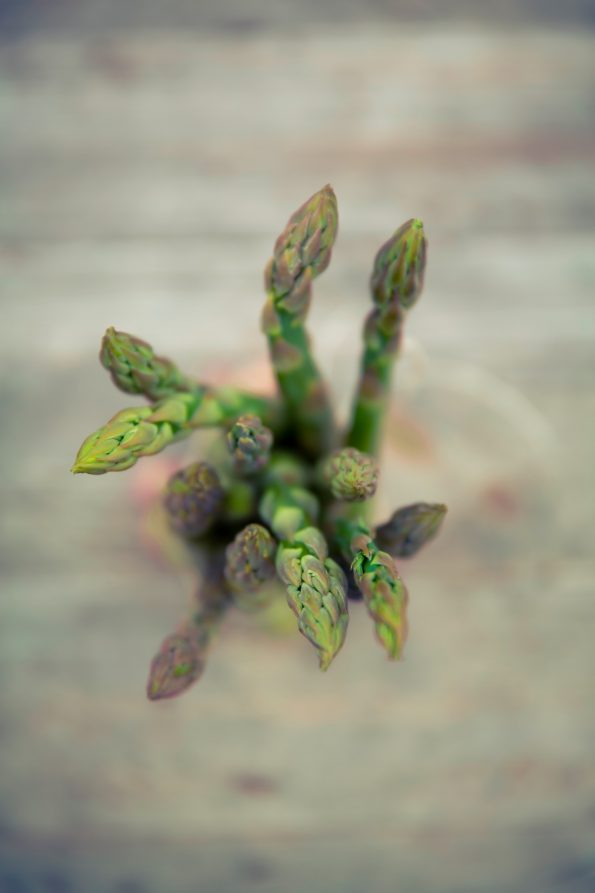
Plants that like alkaline soil include: grape vines, cantaloupes, asparagus, leeks, Lima beans, swiss chard, artichokes, spinach, peach trees and many more.
Testing Soil: Just Do It
Testing soil is a great way to start your garden. Like the motto says, “know before you go.” If you don’t test, then you won’t know how best to optimize your garden. Allowing your plants to get the most out of the soil also allows you to get the most out of your plants. So don’t be lazy, just do it!
If you enjoyed this please share it with your friends. Also, sign up to our mailing list to receive money saving tips and tricks for your garden right to your inbox. Have a great day and thanks for checking out Grow To Save!